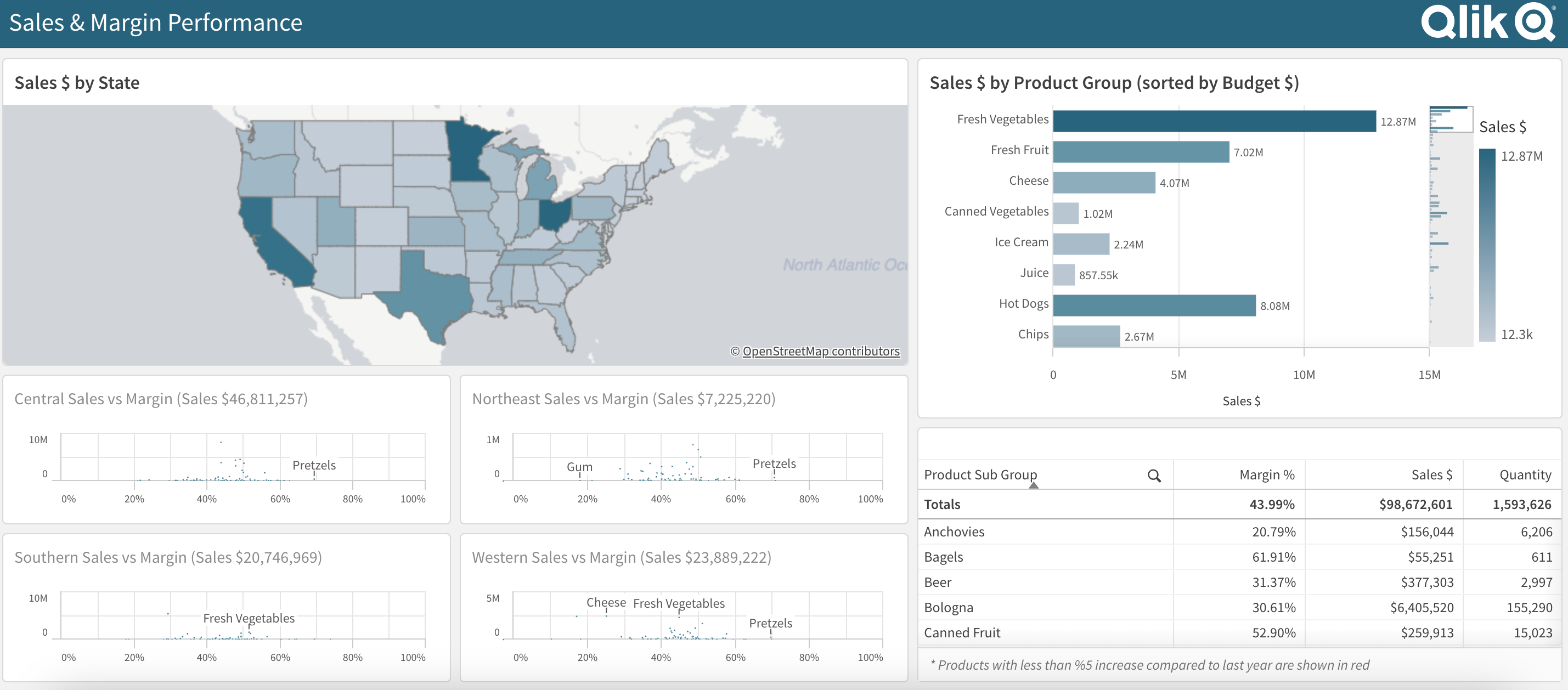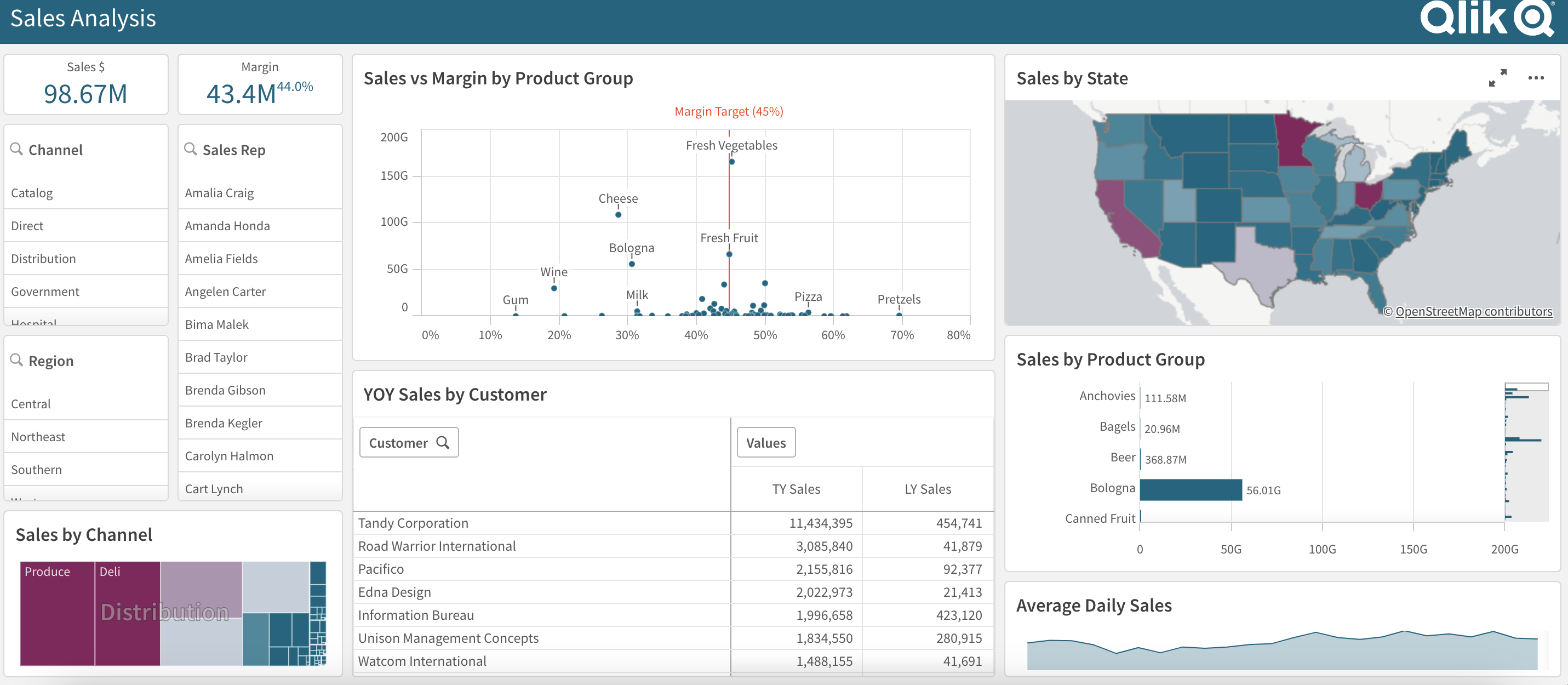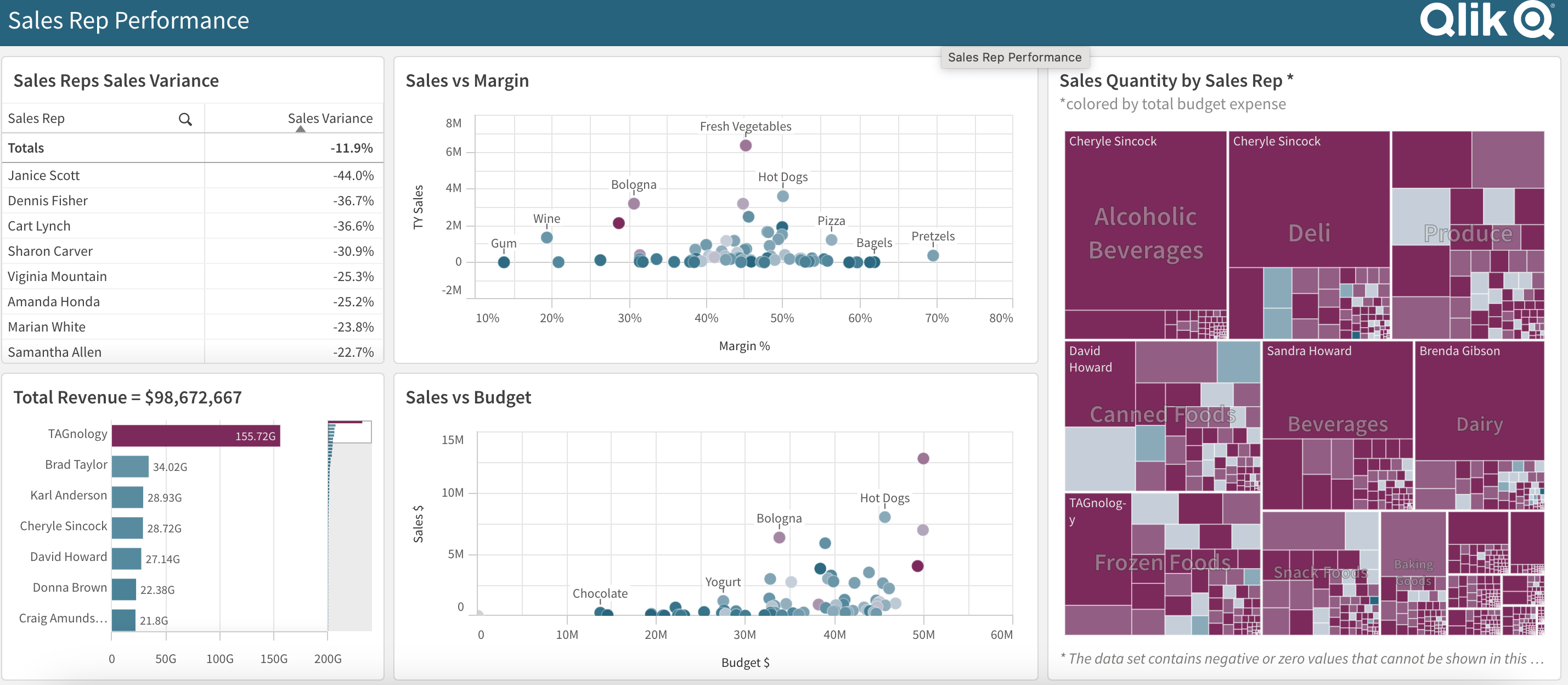For sales and marketing teams to succeed, they need to fully comprehend customer behaviors and needs and determine the strategies that work best. Many organizations require extensive data pulling from different systems and manual efforts to produce consistent reports.
Our sales and marketing analytics solutions enable sales and marketing teams to use their data confidently, enhancing sales, achieving a positive marketing spend return and quickly adapting to uncertain markets.
Data and Analytics Services for Sales and Marketing
Our sales and marketing analytics solutions integrate data from various sources like automated marketing platforms, CRM systems, social media platforms, advertising channels, SEO tools, website analytics tools, etc., to provide a complete understanding of the efforts that lead to conversions.
360-View of Customers
Get a 360-degree view of your customers and marketing activities by integrating and analyzing sales and marketing data from your martech stack sources (such as Saleslogix, Salesforce.com, Marketo, Microsoft Dynamics, Hootsuite, Twitter, Google Analytics, Hubspot, etc.) into one platform.
Campaign Performance
Track and measure campaign performance through a comprehensive view of your marketing activities. See which programs, campaigns, and channels generate the most sales. Establish the relationship between lead generation and sales to understand and demonstrate the impact of marketing on your business.
Customer Behavior
Identify customer preferences and purchasing patterns to inform sales and marketing strategies. Predict customer churn to devise retention strategies focused on valuable customers.
Customer Segmentation
Categorize customers into groups based on common traits and factors, allowing you to refine your messaging and tactics to target each group more effectively.
Sales Forecasting
Predict sales and plan for growth by examining current and historical sales data alongside industry benchmarks and market trends. Identify trends and patterns to create more accurate forecasts, benchmarks, and quotas.
Sales Performance
Track sales rep performance and quotas, empower your sales team to boost productivity and close more deals, and use intuitive dashboards for reps to manage daily sales activities and leadership to analyze sales.
Here are some examples of how to use Business Intelligence (BI) for Sales and Marketing:
Customer segmentation
Use BI to segment customers based on demographics, purchasing behavior, and other factors. This information can be used to develop targeted marketing campaigns that are more likely to resonate with each customer segment.
Campaign performance tracking
Use BI to track the performance of your marketing campaigns across various channels. This can help you identify which campaigns are most effective and where to allocate your marketing budget to get the best return on investment (ROI).
Sales forecasting
Use BI to analyze historical sales data, market trends, and other factors to predict future sales. This information can be used to create more accurate sales forecasts and plan for growth.
Customer behavior analysis
Use BI to analyze customer behavior and identify patterns in purchasing, browsing, and other activities. This can help you identify customer preferences and develop marketing and sales strategies that are more likely to convert customers.
Sales performance analysis
Use BI to track sales performance, identify areas of improvement, and optimize your sales processes. This can help your sales team increase productivity, close more deals, and meet their quotas.
Overall, BI can help Sales and Marketing teams gain a deeper understanding of their customers, improve the effectiveness of their campaigns, and make data-driven decisions that lead to better sales and revenue outcomes.



